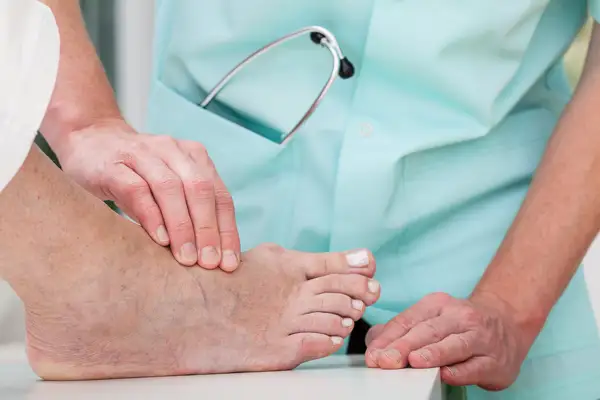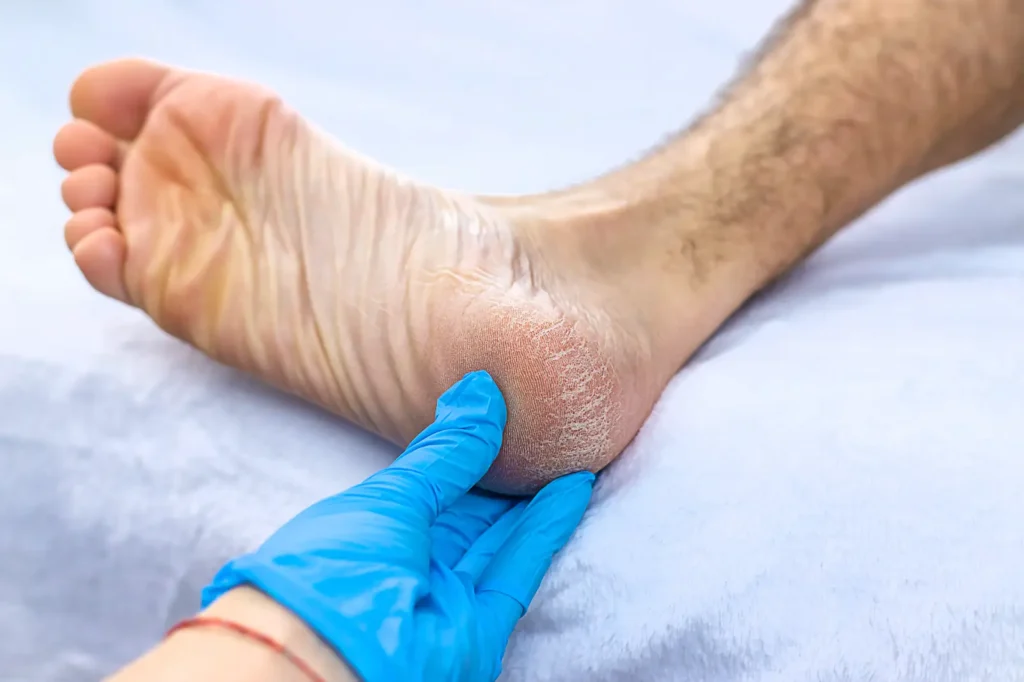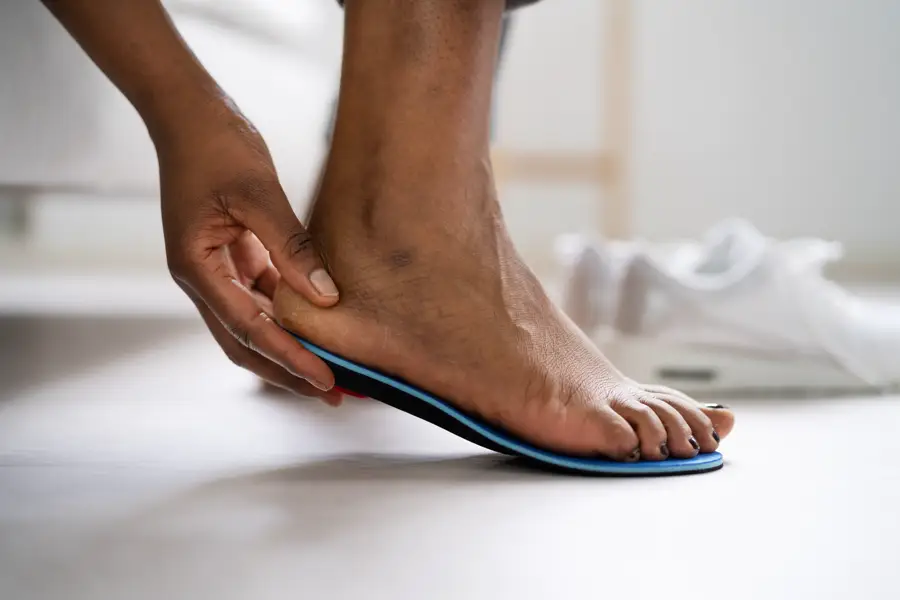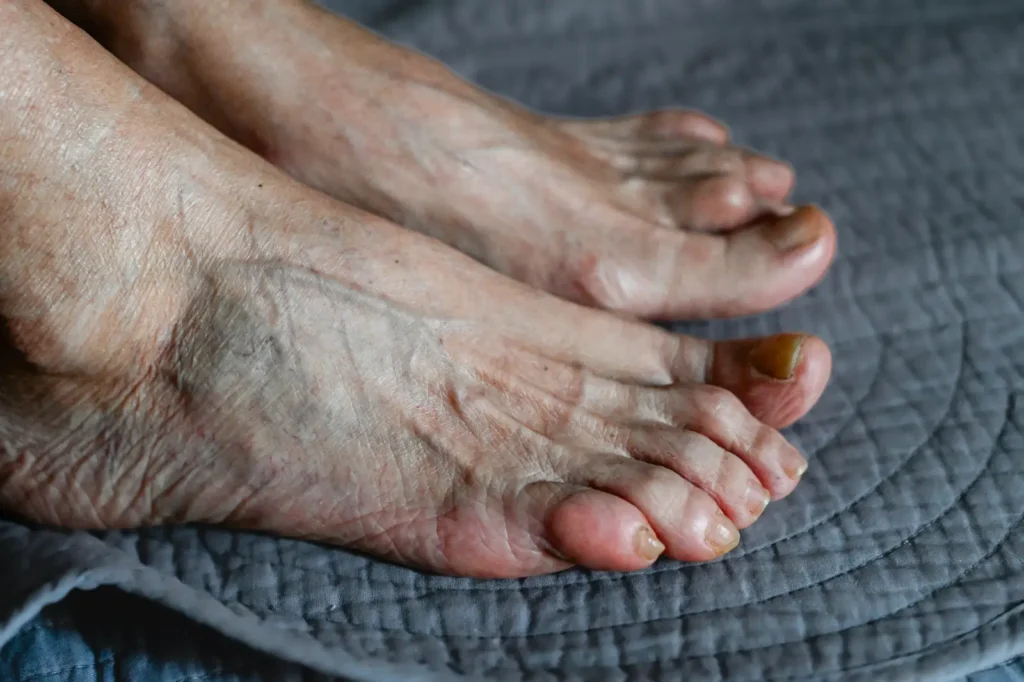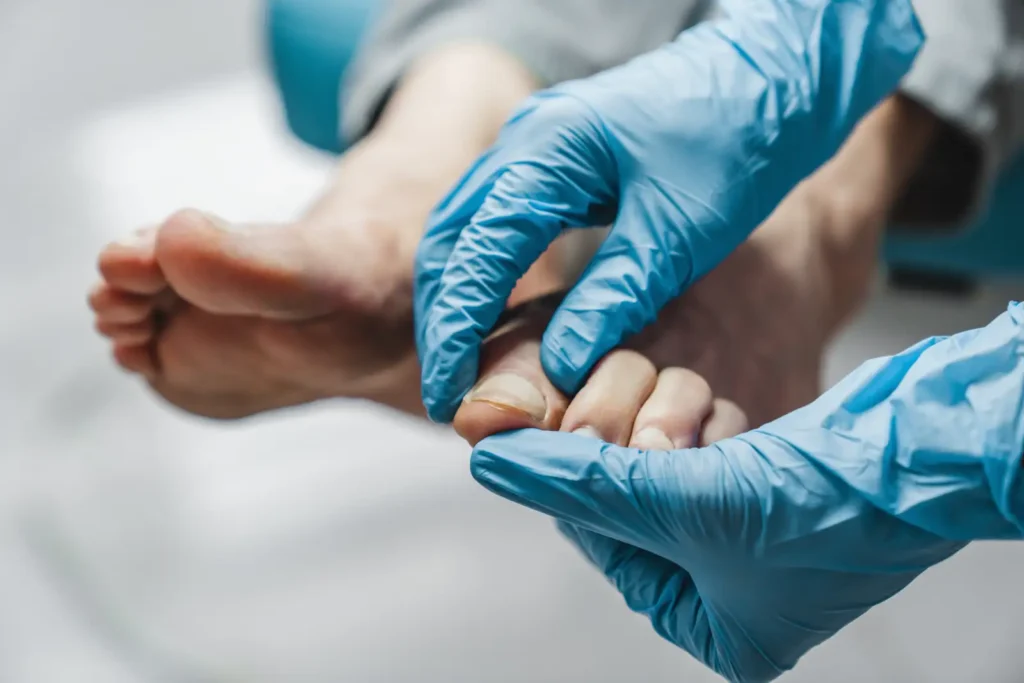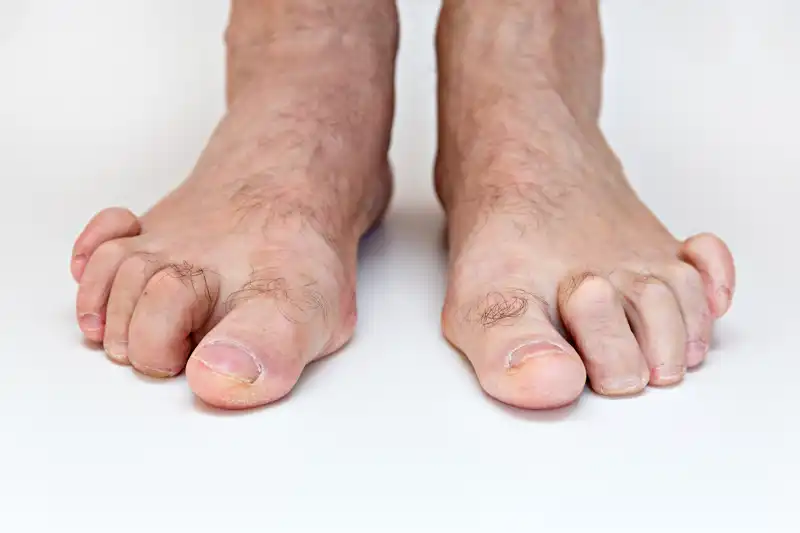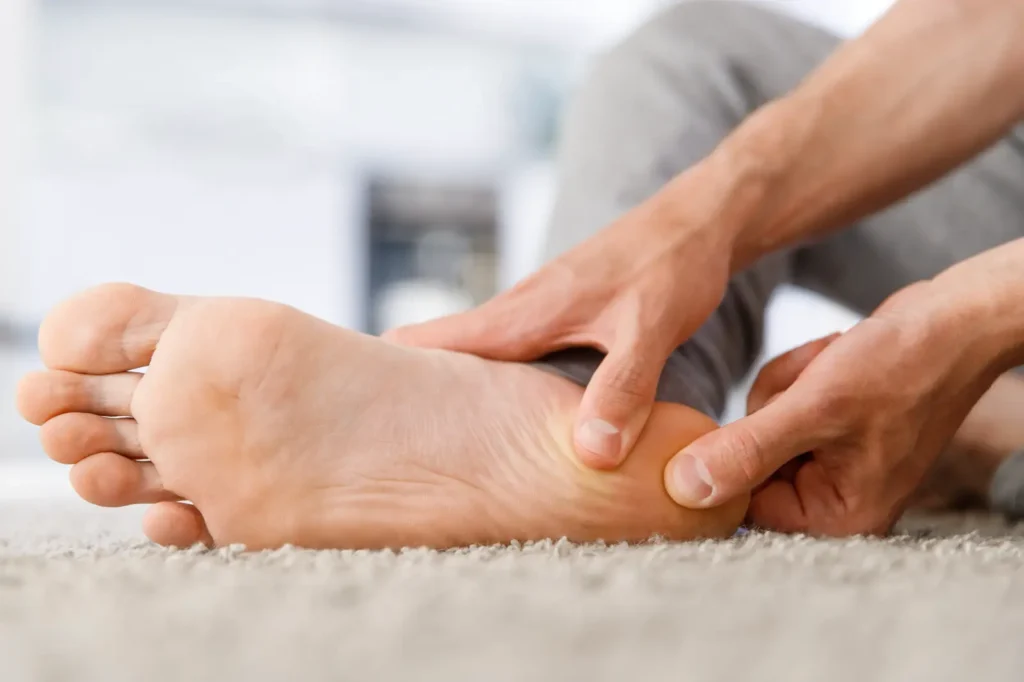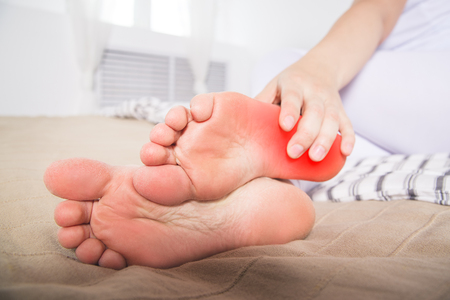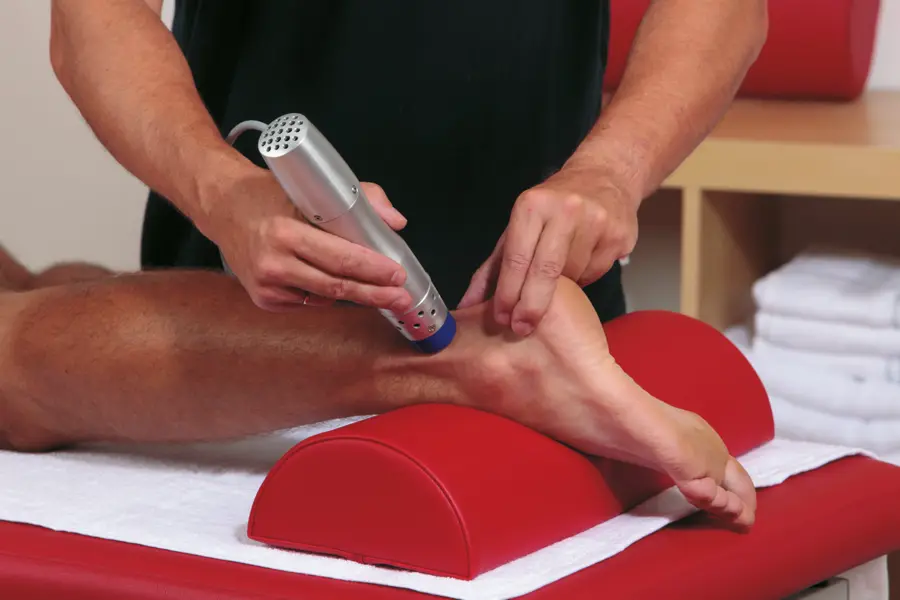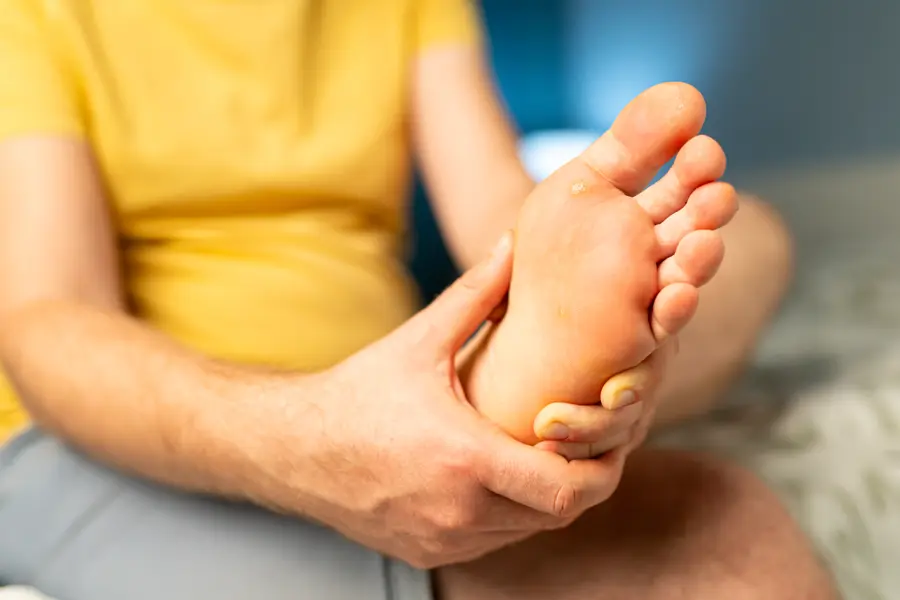Ingrown Toenail
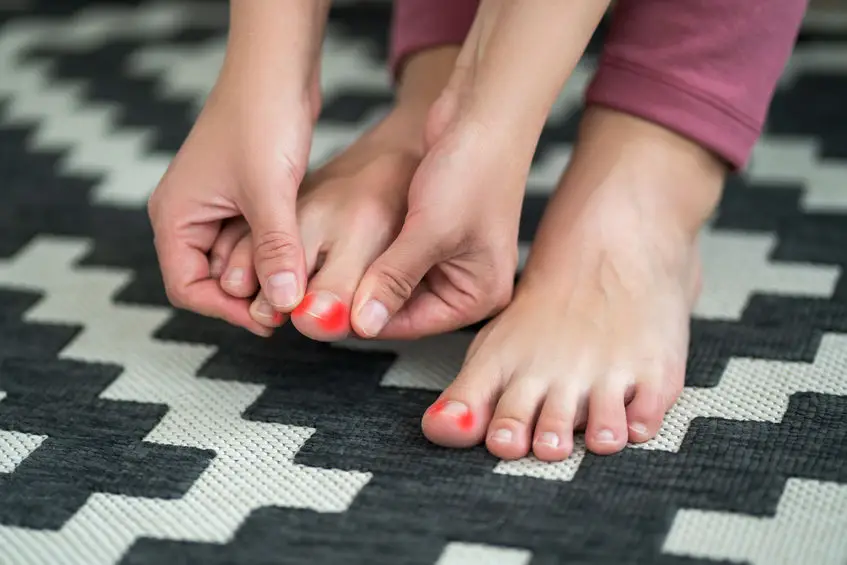

Experience expert care for your ingrown toenail with Dr. Alan J. Rosen, located in New York City.
Many ingrown toenails respond well to home treatment. But when your ingrown toenail is infected or if you have diabetes, it’s time to see Dr. Alan J. Rosen, a podiatrist on the Upper East Side of New York City. In these cases, ingrown toenails can be painful or they may introduce complications that put your foot health at risk. Don’t delay, call the office or book an appointment online today.
